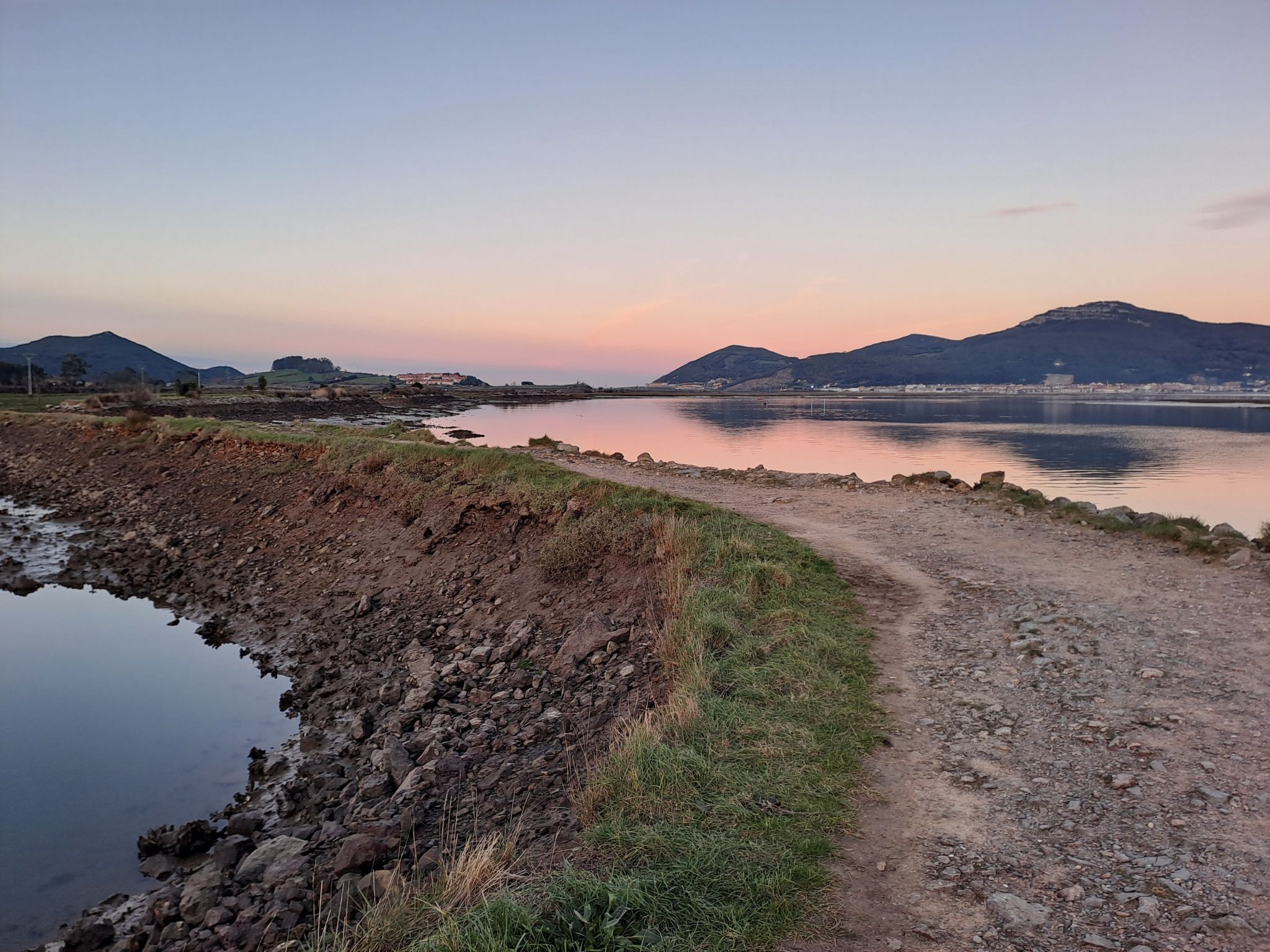INTRODUCTION
Estuaries, bays and other semi-enclosed water bodies present important gradients and interrelations among their physical, morphological, chemical and biological characteristics, what turns them into systems of great complexity and variability. They provide a habitat for a large diversity of flora and fauna (Barne et al., 1995; Struyf et al., 2009), that in turn support many socioeconomic services and activities (fishing, accommodation, recreation, etc.). Their impact on human life is clear: 22 of the 32 largest cities in the world are located on estuaries (Valle-Levinson, 2010). Despite their environmental, economic and social importance, the management of risk and adaptation to climate change in other kinds of coastal system -urbanized coastal fronts, beaches, dunes and cliffs- has received more attention that in the case of estuaries and bays. The studies carried out for the Asturian coast (Toimil et al., 2017) or the Balearic Islands (Enríquez et al., 2016) are some examples of the kind of risk and adaptation studies normally carried out in coastal areas. Other analysis, like the one presented by Serrano et al. (2020), analyze the current sensitivity of estuaries, but without providing solutions to manage them under a changing climate. One of the main gaps in assessing the impacts of climate change lies in understanding how the transition zones between ocean and land are affected by climate change (Biguino et al. 2023).
The high complexity of estuarine systems makes not feasible the direct transfer of solutions applied to other coastal systems. HyBay project aims to fill this gap, providing a robust tool to analyze hazards and to assess the physical impacts of adaptation measures in this kind of water bodies. Such a tool will help decision making processes of public managers, as well as contribute to more climate resilient infrastructures designed by coastal engineers.
To this end, HyBay project plans to develop a hybrid methodology, specifically designed to be applied on estuaries. The methodology will serve to quantify different impacts that affect these areas, including flooding (coastal and fluvial dynamics), erosion/sedimentation balances, saline wedge expansion and changes in the heat exchange patterns, including climate change effects in all of them.
HyBay project will account for physical processes at different spatial and temporal scales, allowing us to evaluate the effectiveness of different adaptation measures. The methodology will be implemented in a software tool, easy-to-use, fast and versatile to be used by coastal engineering practitioners in the public and private sectors.
The objectives of HyBay project are in line with the priorities established by the “Plan Estatal de Investigación Científica y Técnica de Innovación 2021-2023”, within the topic “Clima, energía y movilidad” and the strategic line about “Ciudades y ecosistemas sostenibles”, since it will establish an important advancement on the available methodologies on coastal engineering for the analysis of water bodies.
Moreover, HyBay has been conceptualized to tackle the objectives pursued by the “Plan Nacional de cambio climático (2021-2030)” within the topic “Clima y Escenarios Climáticos”. The products developed under HyBay projects will comply with the compromise of the “Programa Marco de Investigación e Innovación de la Unión Europea (EU)” for the 2021-2027 period, to make science available to all people, within a more inclusive scientific process, and to make the results of scientific research more easily available to all society.



